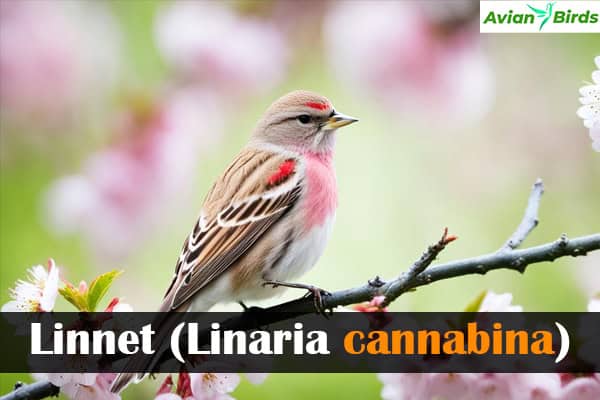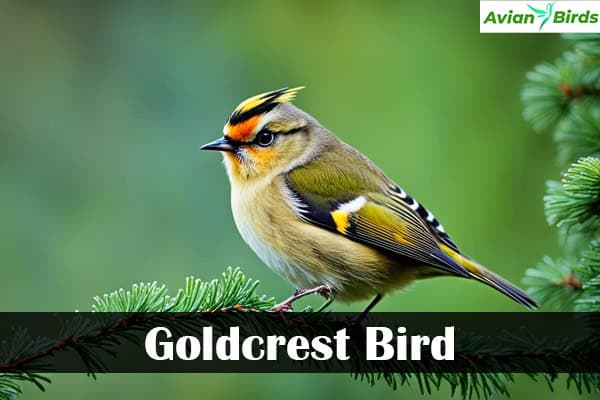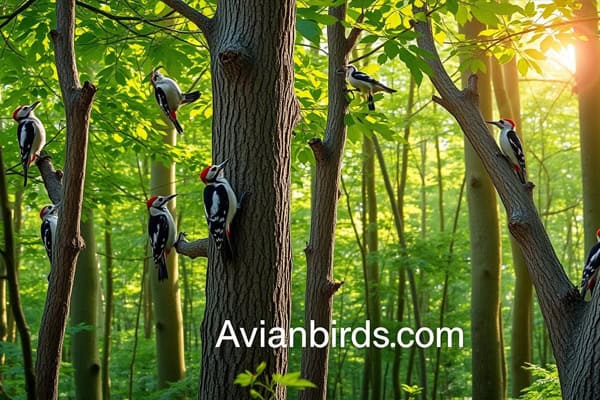Linnet Serenade: A Tale of Feathers and Song
Have you ever heard the enchanting melody of a Linnet? This small finch has charmed birdwatchers and nature lovers for centuries. Known scientifically as Carduelis cannabina, the Linnet is a gem of the bird world. It has vibrant plumage, a beautiful song, and can live in many places in Europe, Asia, and North Africa. But why has the Linnet captured our hearts and minds? Let’s explore the secrets of this remarkable bird together.
Here we’ll discuss Linnet Serenade and his characteristic
Fun Facts About Linnet:
- Scientific Name: Linaria cannabina
- Weight: 15-20 grams
- Length: 13-14 centimeters
- Wingspan: 22-25 centimeters
- Lifespan: Up to 9 years
- Diet: Primarily seeds, but also insects
- Social Birds: They often form flocks, especially outside the breeding season.
- Seed Lovers: Linnets love eating seeds, particularly from dandelions and thistles.
- Melodic Singers: Linnets are known for their cheerful and melodic songs.
1. Appearance
The Linnet’s look is truly eye-catching. In the breeding season, the male’s bright red head, breast, and throat stand out against its gray and brown body. The female and non-breeding males have more muted colors but still show a hint of red on their breasts.

2. Melodious Vocalizations
The Linnet’s song is one of its most charming traits. It sings a happy mix of trills, warbles, and tweets. These birds use their songs to find mates and mark their territory in spring and summer. Their melodies are a treat for anyone who listens.
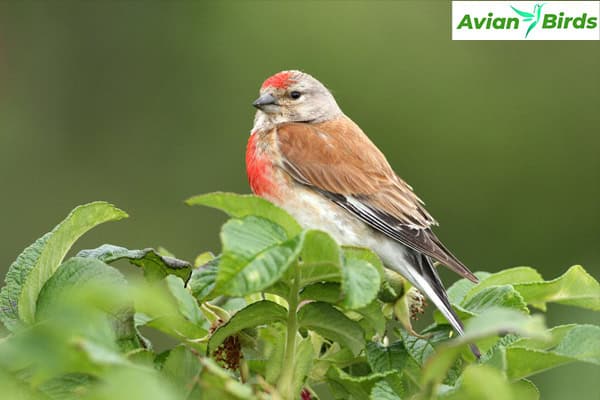
3. Habitat and Distribution
Linnets are beautiful songbirds that live in many open places. They love the wide grasslands and the colorful heathlands. They also enjoy living in farmlands, scrublands, and even by the coast.
Must Read: Laughing Dove Identification

These birds like places with bushes, shrubs, and hedgerows. Also, These spots are perfect for building nests and singing songs. So, if you see these areas, you might spot a linnet.
Linnets live in many places, including Europe, Asia, and North Africa. Some move to warmer places in the winter. They can live in different environments, showing how amazing they are.
4. Behavior
The Linnet is a bird that loves to be around others, forming big groups when not breeding. Also, These birds gather in large numbers to look for food and sleep together. This shows how social they are. When it’s time to breed, male linnets sit high in bushes and trees. They sing beautiful songs to find mates and mark their territory.
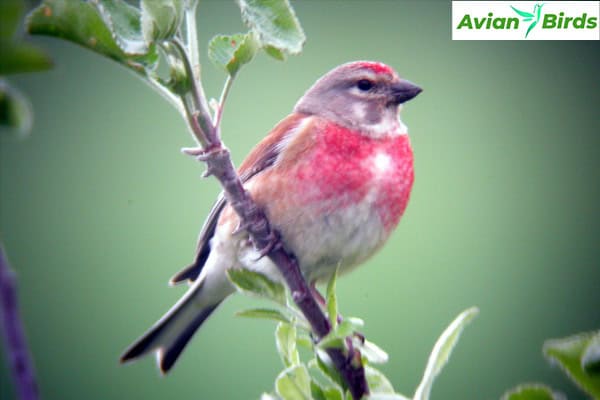
5. Foraging and Feeding Habits
Linnets mainly eat seeds, enjoying grasses, weeds, and crops like thistle and dandelion. They help spread seeds by eating and then dropping them, which helps plants grow back. This makes them important for their environment.

6. Breeding and Nesting
Linnets build their nests in thick plants like shrubs and hedgerows. They use things like grass, moss, and hair to make their homes. The breeding season starts in spring, with males showing off by singing and flying around.
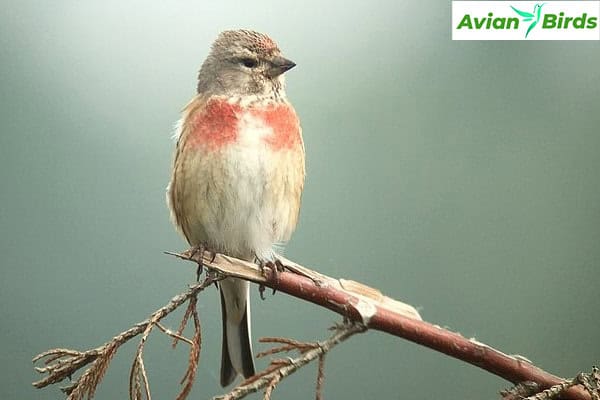
Nesting happens from April to July. The first and last eggs were seen in southwestern California on March 22 and August 1.
7. Conservation
Linnets are key to keeping their habitats in balance. They eat and spread seeds, helping plants grow and diversify. They also feed many other animals, making them a crucial part of their ecosystems.
But, Linnets in some places are facing big threats. Loss of habitat, more farming, and changes in land use have hurt their numbers. Nest failures have gone up, mainly because of less diverse habitats.
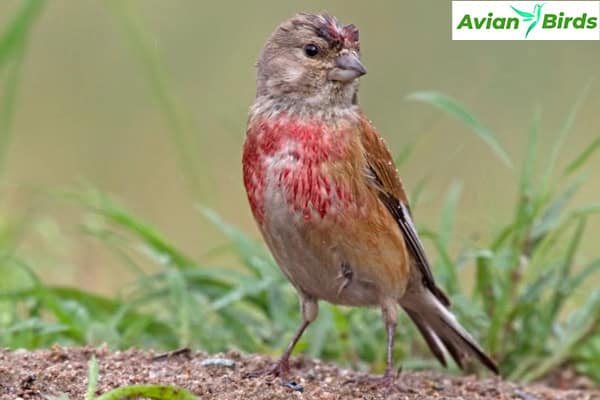
However, there’s hope. After 1986, nests started doing better, thanks to more oilseed rape crops. This helped Linnets breed more successfully.
Climate change might be helping Linnets in the long run, but we need more studies. Still, saving and restoring their habitats, protecting their homes, and supporting green farming are key to their survival.
Linnets aren’t in danger worldwide, but some areas need our help. Supporting green farming, saving their homes, and specific conservation plans can protect these birds. This way, they can keep playing their important role in nature.
Wrapping Up…
As we say goodbye to our journey with the Linnet, we feel a deeper love for these beautiful songbirds. They play a key role in nature. Their bright colors, sweet songs, and friendly ways have touched our hearts. They remind us of the beauty and variety in the world around us.
We can help protect the Linnet by learning about their homes and what they eat. By supporting conservation and keeping landscapes healthy, we can make sure the Linnet stays with us. This way, their happy songs will continue to fill our lives.
Looking ahead, let’s see the Linnet as a symbol of nature’s strength. It shows how important it is to live in harmony with birds and all living things. By caring for the Linnet, we protect the species and strengthen our bond with nature. This bond is key to our health and the planet’s well-being.

